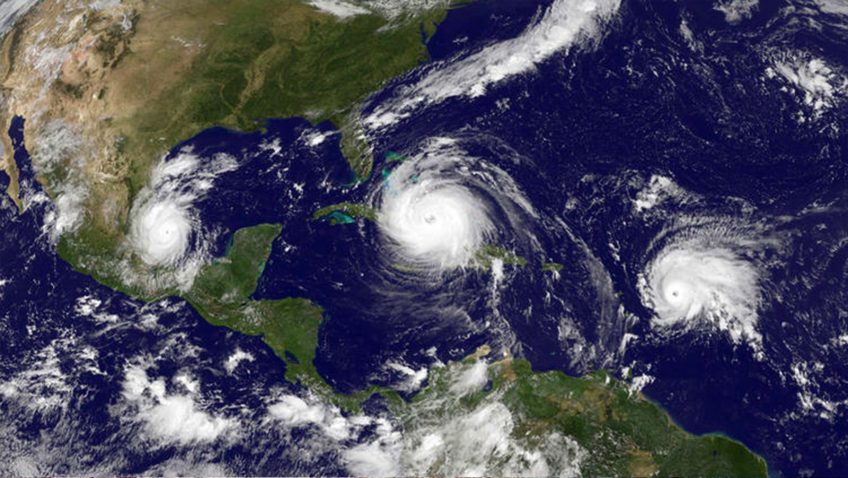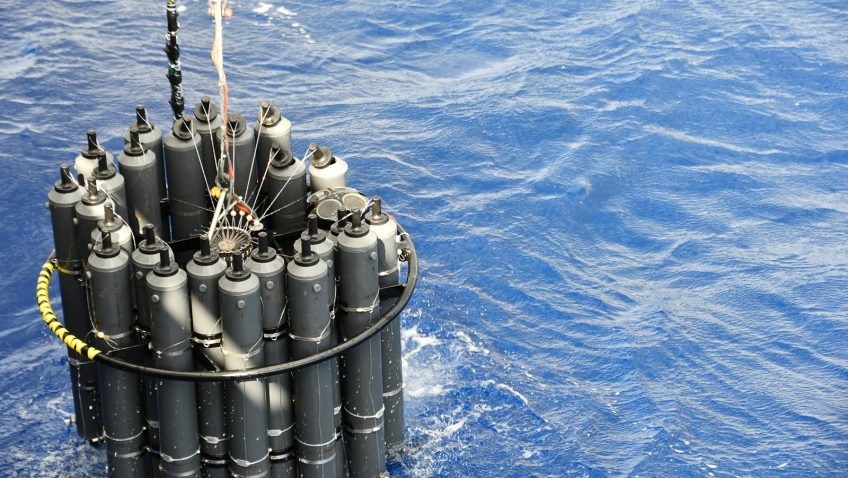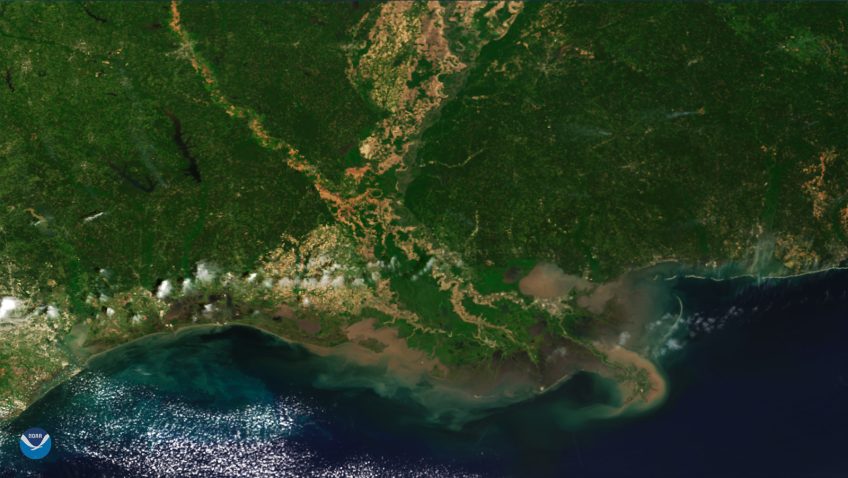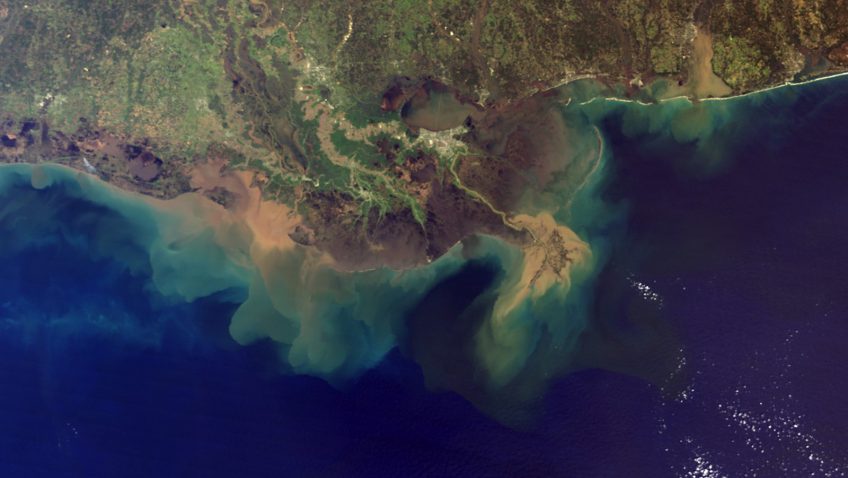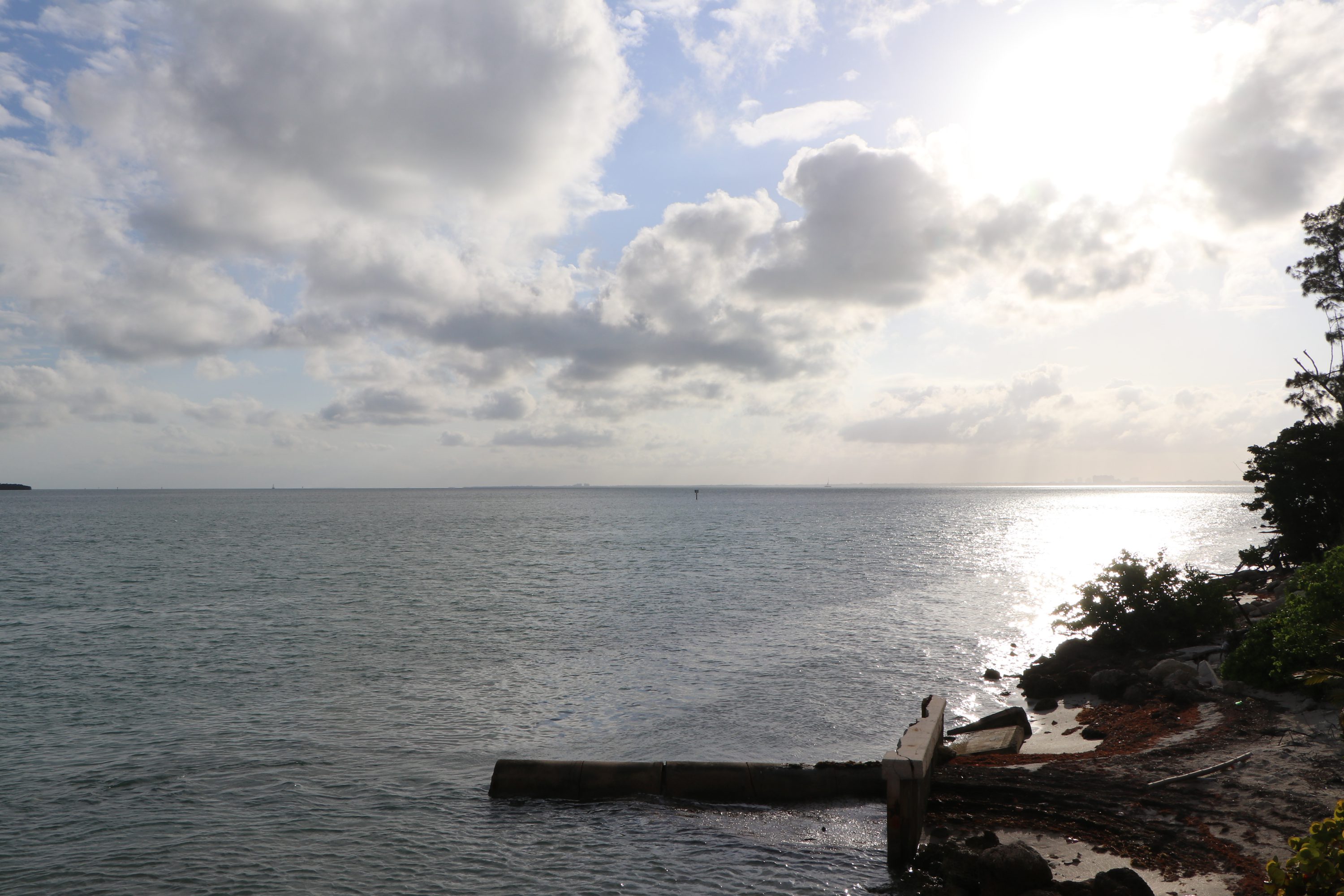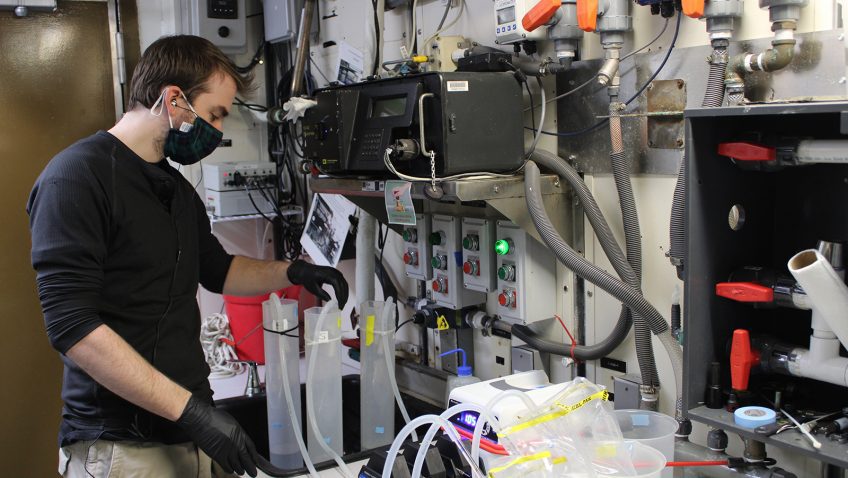Scientists at AOML Discover Atlantic Niño Fuels the Most Intense and Destructive Tropical Cyclones
Scientists at NOAA’s Atlantic Oceanographic and Meteorological Laboratory (AOML) found that Atlantic Niño, the Atlantic counterpart of the Pacific El Niño, increases the formation of tropical cyclones off the coast of West Africa, also known as Cape (Cabo) Verde hurricanes. The study published in Nature Communications is the first to investigate the links between Atlantic Niño/Niña and seasonal Atlantic tropical cyclone activity and the associated physical mechanisms.
